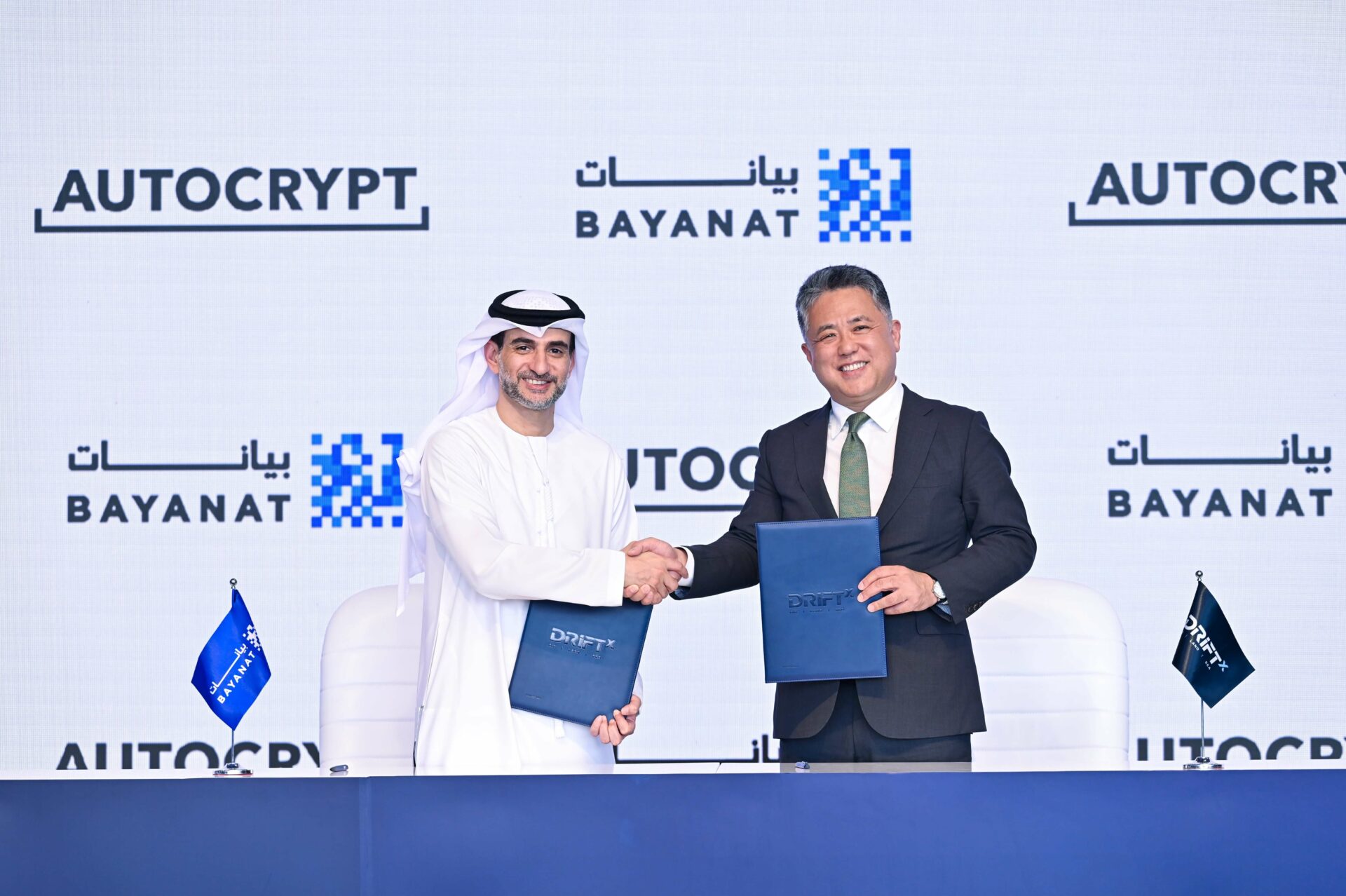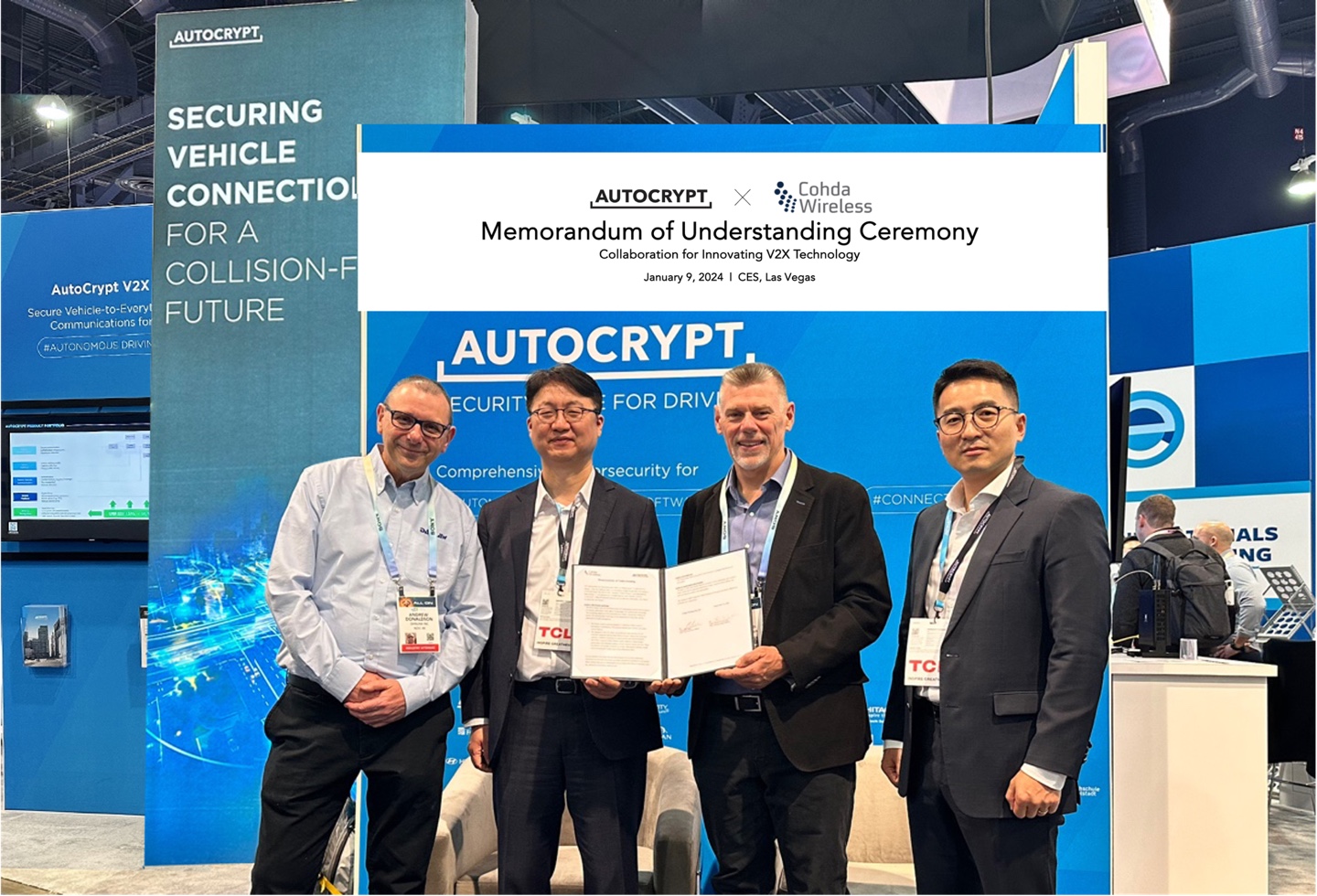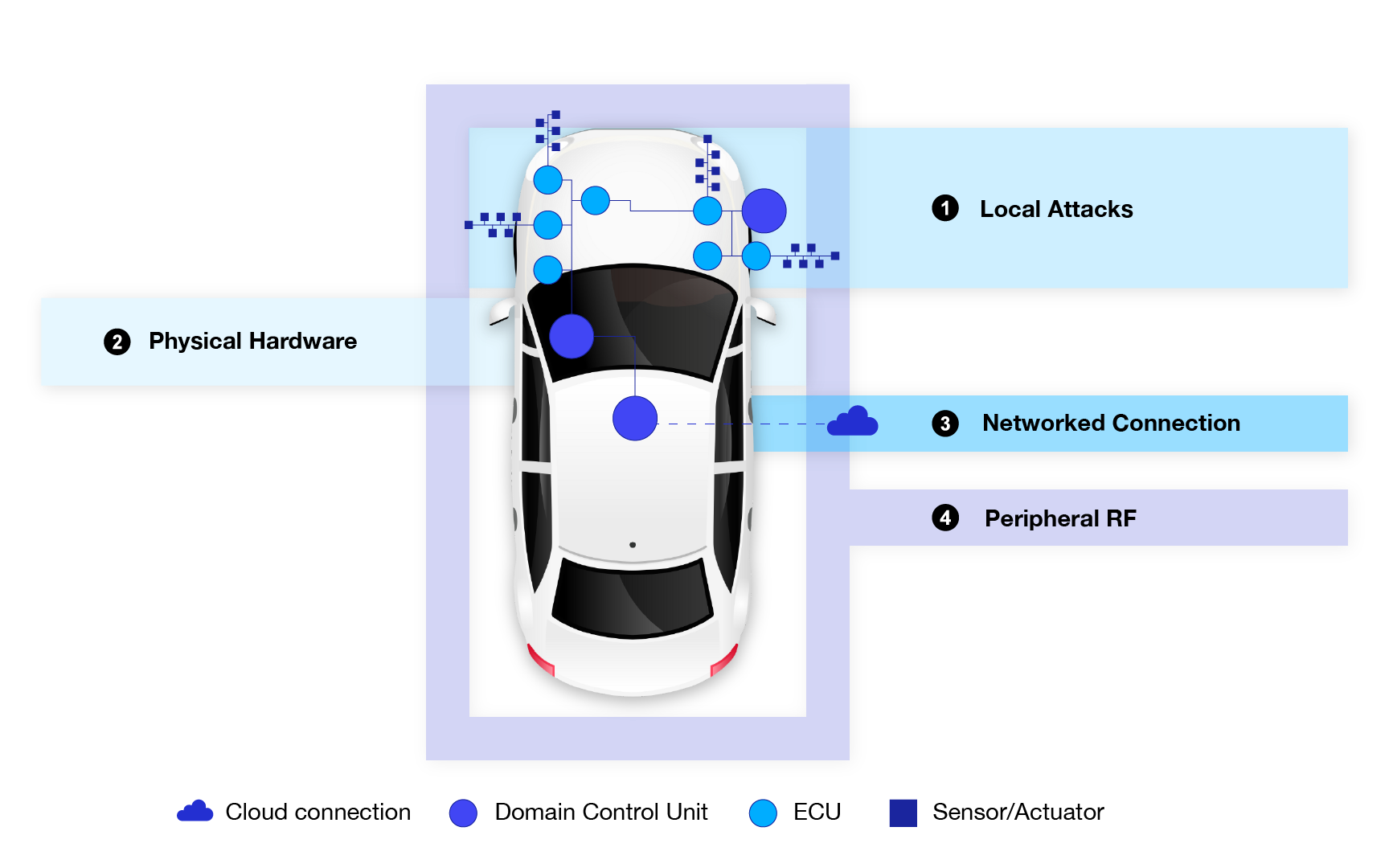In the rapidly advancing field of automotive technology, Vehicle-to-Everything (V2X) communication is becoming a cornerstone for future transportation systems. A fundamental element in V2X is positioning, which involves recognizing a vehicle’s absolute and relative positions concerning other surrounding objects. This article delves into why achieving high-precision positioning is crucial in V2X communication, the technologies enabling centimeter-level accuracy, some applications that benefit from such precision, and technology development considerations.
Importance of Achieving High-Precision Positioning in V2X Communication
The value proposition of V2X technology lies in road safety and road-traffic optimization. And while the technology has come a long way there is still some room for growth. To maximize the benefits of V2X the technology must achieve high-precision positioning.
One of the most proposed use cases of V2X, autonomous driving, requires a very high level of positioning accuracy because even minor errors can lead to fatal accidents. The goal of the industry is to provide precise and reliable positioning that ensures that autonomous vehicles can navigate safely and efficiently at any time in any environment.
Technologies Enabling Centimeter-Level Accuracy
Common positioning technology like Global Navigation Satellite System (GNSS) is already widely used in V2X positioning. While GNSS is exceptional at pin-pointing a car’s location in an open landscape, it is not suitable for congested urban environments with tall buildings and tunnels, where signal blockages often occur. Therefore, supplementing GNSS or employing more sophisticated technology is a crucial step to ensuring high-accuracy positioning in V2X.
Several technologies contribute to achieving centimeter-level positioning accuracy:
Cellular Positioning uses the cellular network to exchange dedicated positioning signals. Cellular networks offer more precise positioning than GNSS but are limited by geographical coverage.
Inertial Navigation System (INS) uses motion sensors and computational units to continuously calculate the vehicle position relative to its corresponding initial position. The major pro is that INS is not dependent on any external information. However, the system performance degrades with time due to the accumulation of measurement errors at each calculation.
Sensors and HD Maps can achieve centimeter-level positioning but are costly and require significant computational power. Sensors offer detailed information about vehicle surroundings but they may malfunction or be disrupted by cyber attacks, meaning that sensors are not always reliable. On the other hand, HD maps offer high-precision positioning and a 360-view of the road, however, the performance is highly contingent on the quality of map data. Furthermore, HD maps perform well only if the physical environment remains unchanged, which is not realistic in growing and ever-changing urban environments.
Each positioning method has its pros and cons. The good news is that they can supplement each other’s weaknesses and offer multiplied benefits, suggesting that a hybrid approach may be ideal. Hybrid Data Fusion Method of Positioning combines data from multiple sources, such as GNSS, INS, cellular networks, and HD maps, to improve positioning performance in V2X applications. By merging data collected from various sources, the final positioning result is more refined, accurate, and reliable than what could be achieved using any single method.
Applications Benefiting from High-Precision Positioning
While not all V2X applications will require high-precision positioning, several V2X use cases significantly benefit from centimeter-level positioning.
High-precision positioning is essential for autonomous driving as it enables vehicles to navigate safely and efficiently in complex road scenarios, maintaining their lane and avoiding obstacles.
In addition, accurate positioning is crucial for systems designed to prevent collisions by alerting drivers to potential hazards in real-time. Anti-collision warnings require robust high-precision positioning, since vehicles need to be able to identify dangers even in the most chaotic and unexpected road conditions.
High-precision positioning is also extremely beneficial for more mundane uses of V2X technology like parking assistance. Systems that assist with parking rely on precise positioning to maneuver vehicles into tight spaces, helping drivers avoid accidents in crowded parking lots.
V2X Technology Development Considerations
There are 2 main requirements and considerations that need to be accounted for in order to achieve consistent, stable, and accurate positioning at all times.
Variable Accuracy Requirements: Different use cases require different levels of accuracy. For example, a pre-crash warning system needs more accurate positioning than a congestion alert. Which means that not every positioning technique will be able to respond to the demands of some applications. Therefore, a larger number of technologies needs to be developed to ensure the required positioning accuracy for more sophisticated V2X use cases.
Cost Considerations: A number of technologies offering centimeter-level positioning, such as sensors and HD maps, require large computational power as well as advanced and expensive technology. At the current stage, one set of technology would not provide the sufficient accuracy for more advanced V2X applications. Hence, implementing and maintaining multi-level systems capable of achieving exceptional positioning accuracy may need a sizable investment at the initial stages of technological advancement. However, as the technology matures the costs will naturally decrease. In addition, the expected benefits of V2X technology, like increased traffic efficiency and reduced road accidents, will generate substantial cost savings down the line.
As the automotive industry advances towards greater automation and connectivity, the importance of high-precision V2X positioning becomes increasingly evident. Centimeter-level accuracy is essential for ensuring the safety, efficiency, and reliability of advanced V2X applications. By leveraging and combining advanced positioning techniques, the industry can achieve the level of precision needed to fully realize the potential of V2X. This progress will pave the way for a safer, smarter, and more connected transportation system.
To stay informed and updated on the latest news about AUTOCRYPT and vehicle-to-everything technology, subscribe to AUTOCRYPT’s newsletter.




